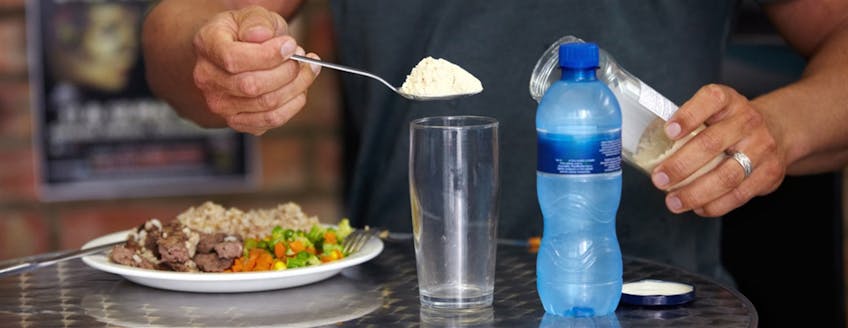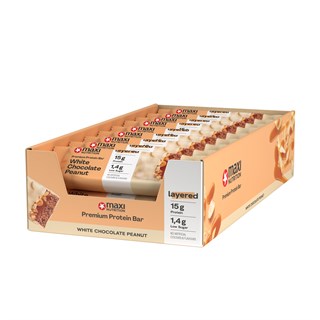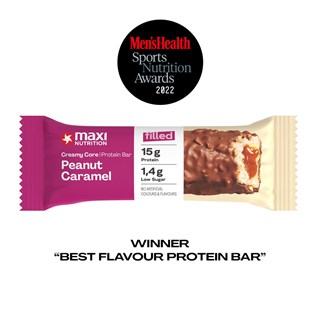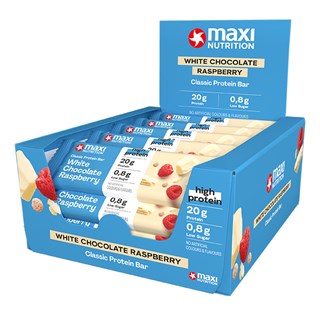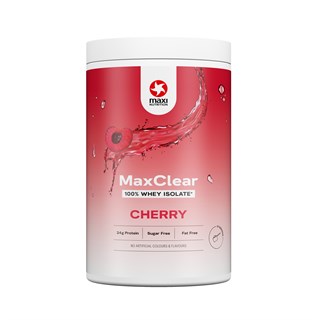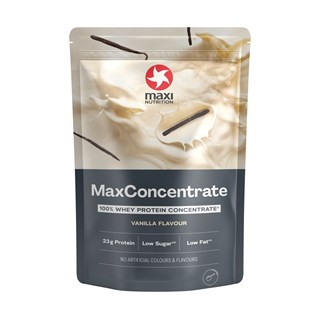With thousands of sports nutrition foods such as drinks, gels, powders and bars on the market, how do we know which to choose? Here are some handy tips to find the right product for you.
STEP 1 - WHAT’S YOUR GOAL?
The first step of choosing the right product for you is to recognise how your balanced diet needs to be supported in order to achieve your desired training goals. Whether that be with the addition of a carbohydrate gel during long endurance sessions for energy replenishment, or a protein bar as a post exercise snack to support muscle growth and development.
STEP 2 – KEY INGREDIENTS
If you choose to spend your hard earned cash on sports foods, make sure to invest in something that works. The Australian Sports Commission have developed a classification system to categorise sports nutrition food and supplement ingredients into four groups, A – being the best with substantial scientific validity for their effectiveness in improving sports performance, through to D – which outlines banned or high risk substances. In the Sports Foods category examples of group A foods are sports drinks, gels, bars, liquid meals, whey protein and electrolyte replacements.
Arguably, carbohydrate and protein are the key ingredients found in sports foods, which can provide the biggest physical performance returns by providing your body with the fuel it needs for energy and to support muscle rebuilding. Look out for the amount of each on pack.
PROTEIN can help to repair and rebuild muscle following exercise as well as keeping our bodies functioning properly.
HOW MUCH? Choose a product with around 20 g protein per serving. Aim to eat between 20 – 25 g protein 4 times per day 1.
CARBOHYDRATE is the master fuel for many sports and activities, and aids the performance of skill based tasks such as tackling, found in many team sports.
HOW MUCH? Choose a product with 30 - 60 g carbohydrate to eat during activities lasting between 1 – 3 hours long2. Aim for 50 g carbohydrate as a post exercise snack to replenish the stored form of carbohydrate (glycogen) ready to use in subsequent training sessions3.
STEP 3 - COMPARE PRODUCTS
Nutritional information is based on one serving, so if you eat double the serving you double the energy and nutrients. When comparing the nutrient value between 2 or more products, look at the per 100 g/ml column.
STEP 4 - REPUTABLE
Ensure to choose sports foods from reputable companies which have invested in product quality and safety. Look out for the Informed Sport logo on pack which demonstrates that the product has been screened for banned substances. Find out more by looking at the Informed Sport website, www.informed-sport.com.
Choose the correct sports food for you by considering your specific training goals, and by extension the recommended amount of key ingredients.
References
- Witard, O., Jackman, S. R., Breen, L., Smith, K., Selby, A., Tipton, K. D. (2014).Myofibrillar muscle protein synthesis rates subsequent to a meal in response to increasing doses of whey protein at rest and after resistance exercise. American Journal of Clinical Nutrition, 99, 86 - 95.
- Jeukendrup, A. (2011). Nutrition for endurance sports: marathon, triathlon, and road cycling. Journal of Sports Sciences, 29 (1), S91-99.
- Coyle, E. F. (1991). Timing and method of increased carbohydrate intake to cope with heavy training, competition and recovery. Journal of Sports Sciences, 9, 29 – 52.





